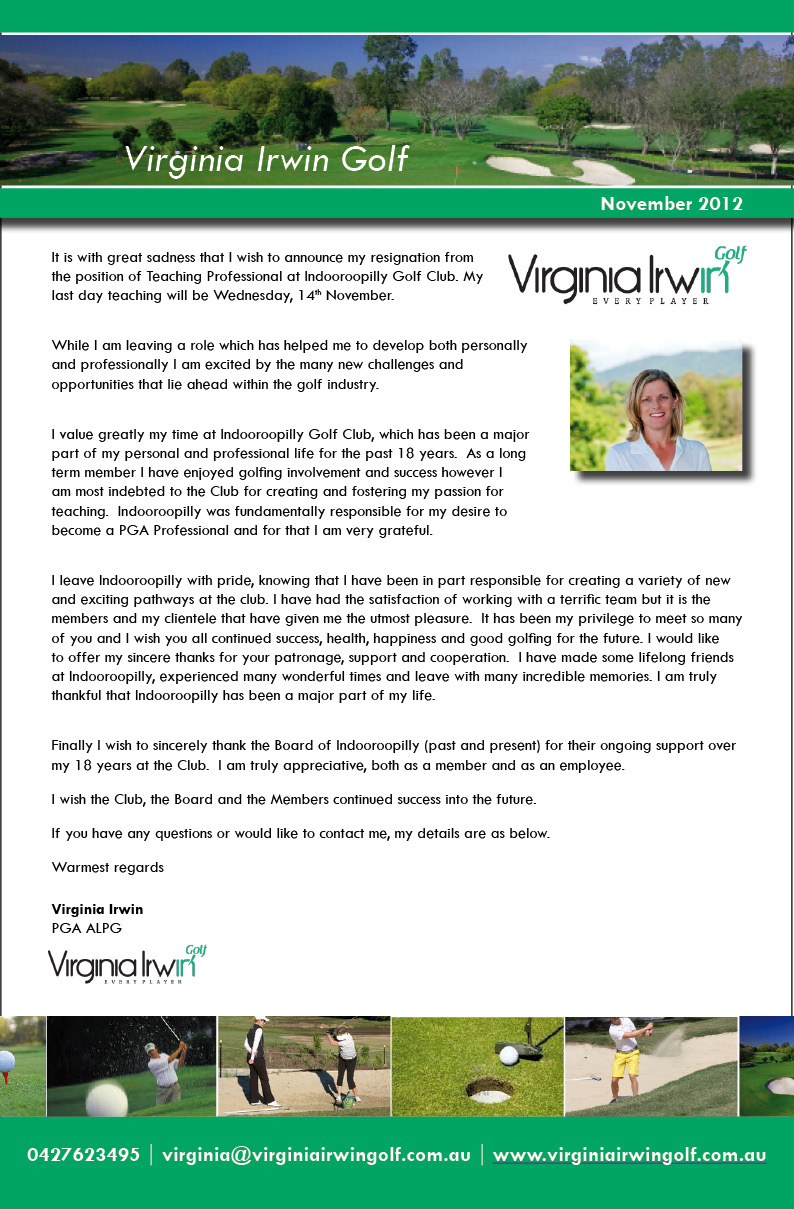Focus
Have you ever heard someone say, “He had a great round today, he was really focused?” When a professional is playing very well, the adjective that is often used to describe his mental state is “focused.” What does it mean to say that someone is focused? Focus is defined as “a point at which rays of light appear to diverge, or the clarity of an image rendered by an optical system.” Of all our different senses, focus is associated mostly with sight or the eyes. It is the ability of our eyes to zoom in on an object, or, in the case of golf, the target. For example, look at an object such as a book. Focus on the book. Now focus on the book with an increase in intensity. Next, focus on the book with an even higher increase in energy. Notice what happens when you increase your intensity. You get more absorbed into the object, and you may notice more details. The energy from your eyes to the object increases with greater fervour and all the other senses move to the background as you eyes become primary. The more you see with your eyes, the less you think with your brain. Let me repeat this truth, the more you see with your eyes, the less you think with your brain.
We know from a variety of studies that athletes performing at a high level have very little chatter in their brain, and their focus is extremely high. What happens when you are nervous or struggling on the golf course? Often you begin to increase the self talk and thinking, while decreasing the energy available for focusing. In an attempt to think through the struggle on the course, one often makes the problem worst by increasing the thinking, and diminishing the focus. I am not saying that thinking is bad,I am simply saying that lots of thinking during actual performance is usually detrimental.
How can you increase focus during performance? Continue Reading→



